How to divide hummingbird mint – expert propagation advice for this native perennial
While many people divide perennials in the fall, this is not the ideal time to divide hummingbird mint
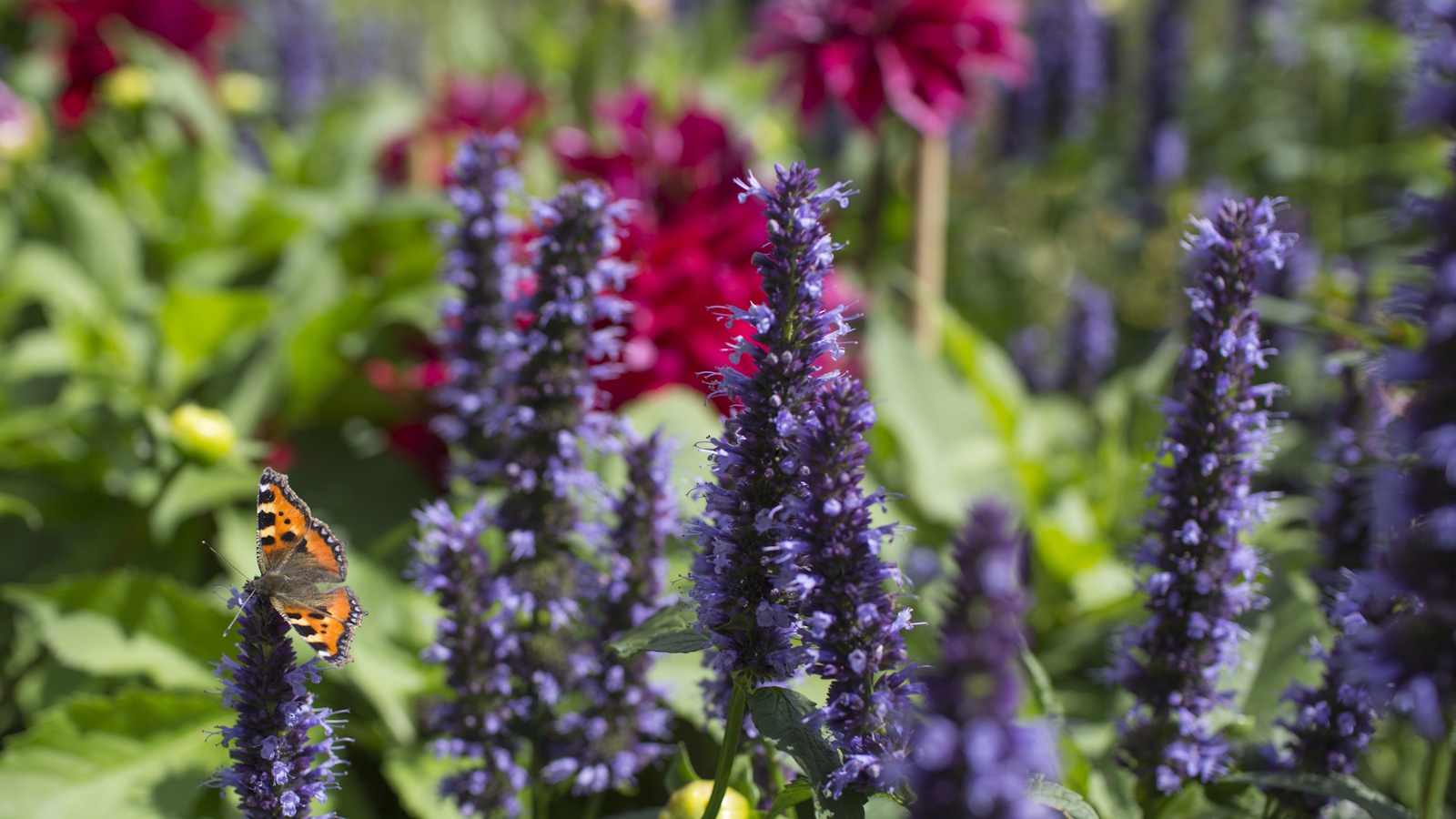

Native to North and Central America, hummingbird mint is a long-flowering perennial that is adored by pollinators, including butterflies and hummingbirds. There are over 20 different species belonging to the Agastache genus, growing best in sunny, sheltered yards.
As a gardener, I have long been a fan of hummingbird mint, having grown the 'Blackadder' and 'Blue Fortune' varieties in different gardens where I have worked in the UK. With purple-blue flower spikes that can reach up to 3 feet tall, I know these varieties of hummingbird mint can add structure and height to garden borders.
If you already know how to grow hummingbird mint and enjoy having this native plant in your yard, you can divide these perennials to grow more clumps for the coming years. Here, one garden expert reveals the best time to do this and shares the exact steps to take to guarantee success.

How to divide hummingbird mint
As with other native perennials, such as black-eyed Susans and coneflowers, you can easily double the number of hummingbird mint plants in your yard by division. When dividing plants, there are a handful of simple rules to ensure your new plants thrive, such as knowing the right time of year to propagate.
The ideal time to divide hummingbird mint
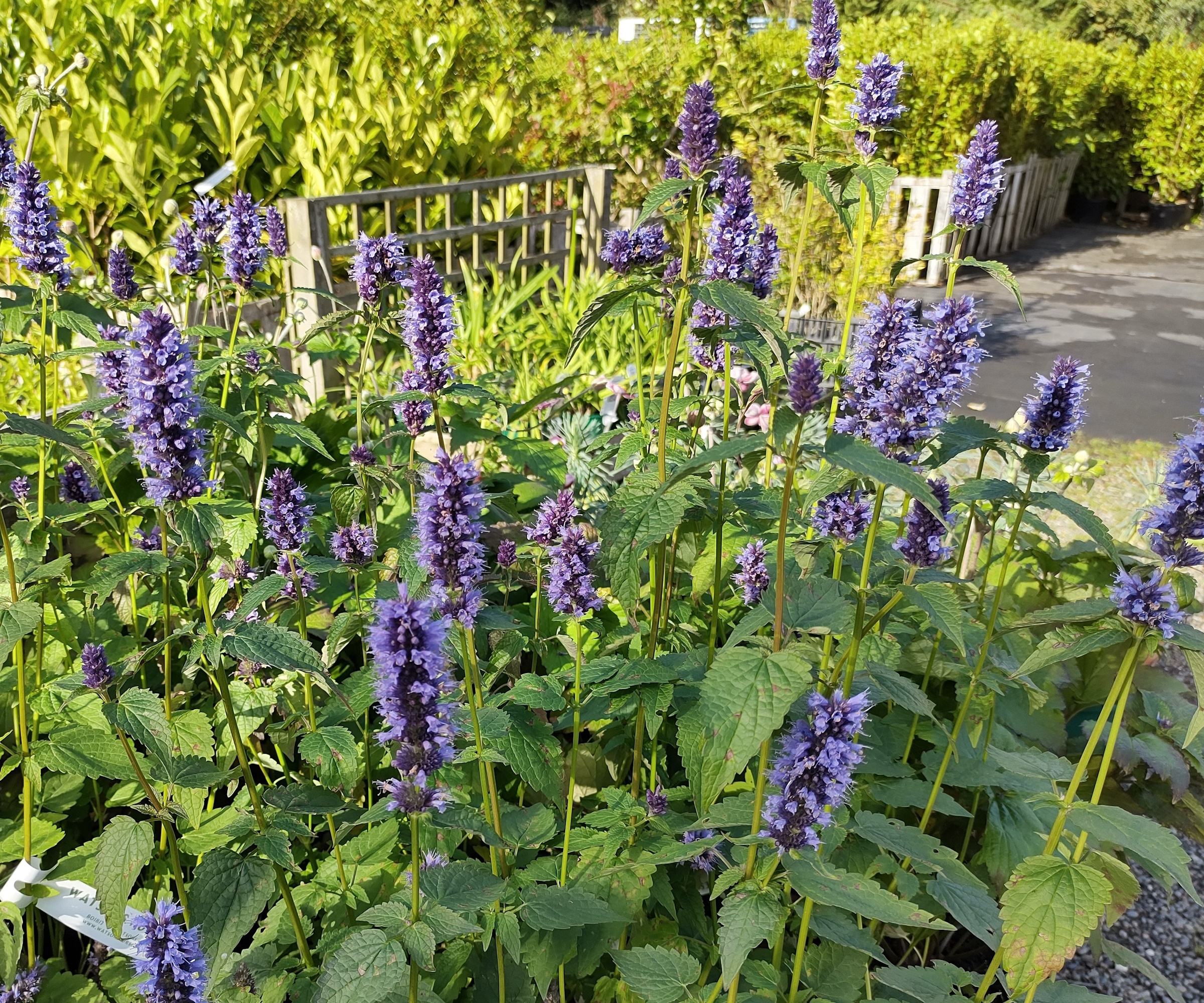
'Hummingbird mint, or plants that belong to the Agastache family, should be divided every three to five years to help keep clumps healthy and full of flowers,' says plant expert, Katie Sunderlage.
If you are wondering when to divide plants, there are two schools of thought regarding hummingbird mint. While you can divide this perennial in the fall, many experts agree that 'the best time to divide hummingbird mint is during the spring,' Katie says.
While the exact time to divide hummingbird mint plants will depend on where you live and your US hardiness zone, opting for a mild, dry day between March and May will typically have the best results. Perennials are breaking dormancy in early springtime, utilizing energy that has been stored in their roots over the winter, thereby producing plenty of vigorous growth. For this reason, any divided clumps in spring will quickly grow.
While you can divide hummingbird mint in the fall, you want to ensure that the new plants have at least eight weeks to settle before the first frost. Temperatures and weather patterns in fall can be erratic, and snow and frost can spell the end for any young plants that have been recently divided. So, for this reason, adding hummingbird mint division to your spring gardening checklist is a safer bet.

Operations Manager at Holland Group, managing the customer service department and purchasing. Katie has been in the green industry since 2005 in the Greater Milwaukee area, earning her degree in Horticulture in 2008. She has been able to share her love for plants working in multiple garden centers, in sales positions and most recently in an online retail platform at Holland Group.

This Truper steel garden fork is ideal for loosening soil when you are dividing plants and can be used for a whole host of garden chores.

This garden spade will prove useful when dividing plants, easily lifting and cutting through tangled roots.
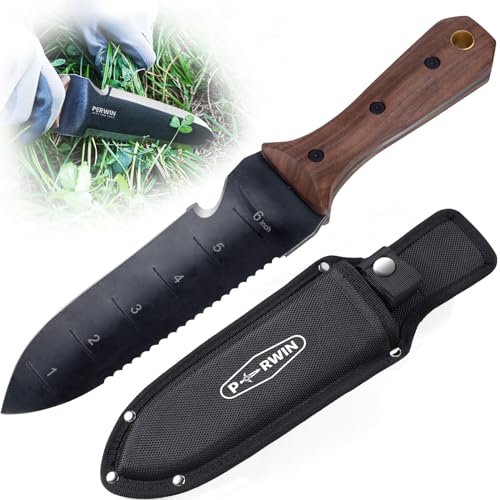
Hori Hori knives are versatile Japanese gardening tools that can be used for lots of different tasks, including sawing through divided plants.
How to divide hummingbird mint
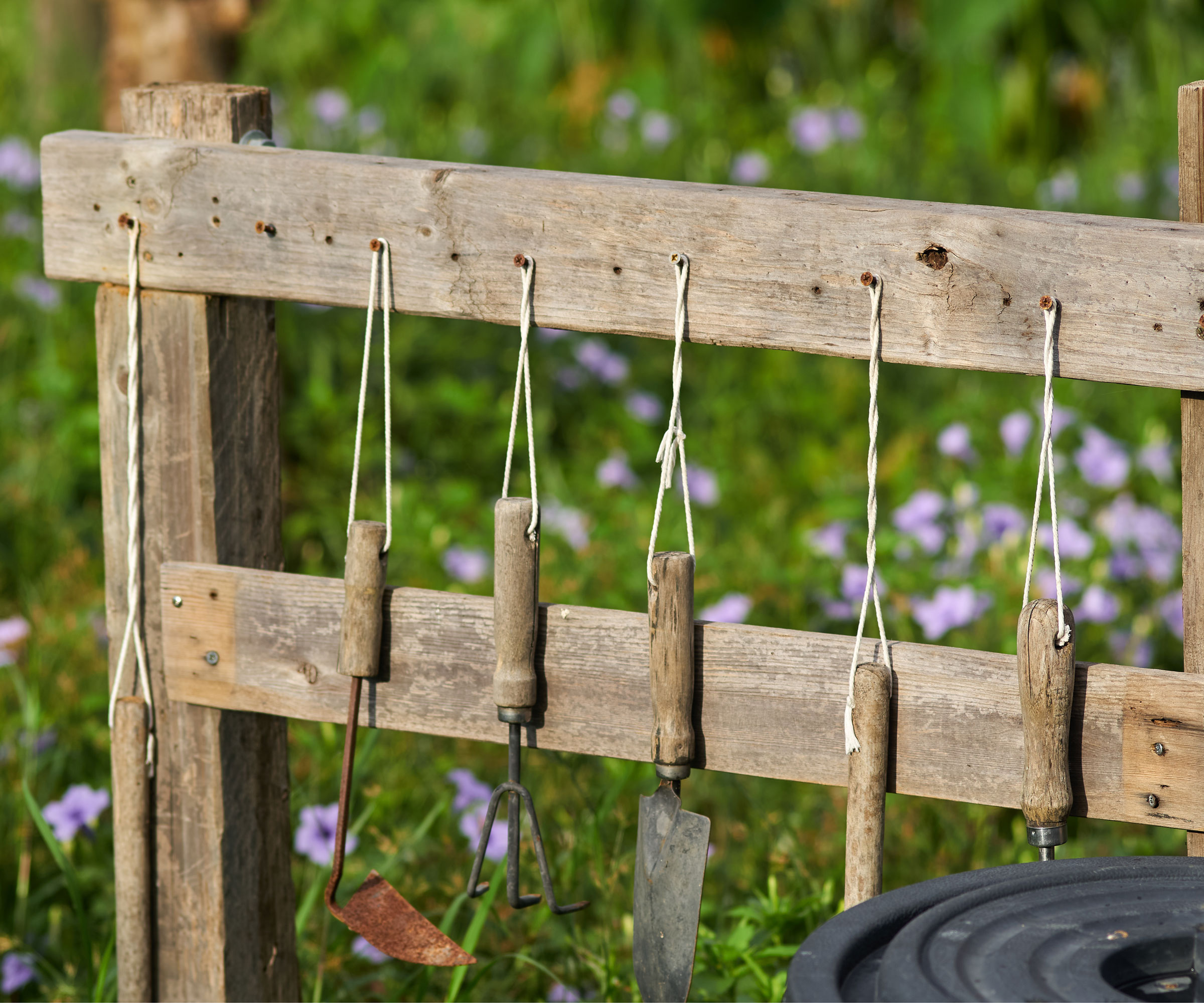
Before you lift and divide your hummingbird mint, first gather the garden tools you will need. As well as a strong pair of leather gardening gloves, available from Amazon, it is a good idea to have a sturdy garden fork or spade, as well as a hand saw or pruning knife to hand.
'Working slowly, use your fork or spade to lift the root ball of this aromatic herb, working in a circle around the clump. Make sure to dig with plenty of space on each side so as to not cut through healthy roots,' Katie says. Eventually, the plant will loosen, and you can use your hands to lift the root ball out of the hole.
'Once you have lifted your plant, choose the number of divisions based on the size of your clump. For smaller plants, it might be best to divide into two, but for larger plants, you can divide by more.
'Use a sharp knife or pruning saw, available from Amazon, to divide your plant, ensuring that each division has a good amount of roots and healthy shoots,' Katie says. One trick I learned during my time as a professional gardener is to keep your divided clumps in a bucket of water to avoid distressing the plant when it is out of the soil.
'It’s best to quickly plant in the ground to provide the most natural growing habit for the plant,' Katie says, 'giving them plenty of space to grow, and ensuring that the crown of the new plant is at soil level.'
Finally, it is best to water plants generously after planting, continuing to water during the spring and summer as they bed into your yard.
FAQs
Should you mulch divided plants?
'Applying an inch or so of mulch after dividing hummingbird mint plants will help protect the new roots from any temperature fluctuation that may occur as well as retain moisture in the summer,' Katie says. 'Importantly, they do not respond well to fertilizer which can stress and damage newly planted divisions. Instead, mulching will provide all the goodness your divided plants need.'
How long will my divided hummingbird mint plants take to flower?
If you are lucky, your divided clump can flower during the first year, especially if you divide in the first month of spring. It can be a good idea to complete a spot of pinching out in the springtime, preventing your new plant from sending up tall stems that might bloom. This will encourage the plant to produce bushy growth as well as focus on root growth while establishing in its new home.
Timing is everything when dividing plants, and patience is certainly a virtue. So, waiting for the right moment to propagate hummingbird mint plants will produce the best results. As the temperatures rise in spring, your divided plants will exhibit remarkable growth throughout the growing season.
While many perennials are suitable for division, there are also some plants you should never divide. Propagation by this method is not suitable for certain shrubs or herbs. Our guide has all the information you need.
Sign up to the Homes & Gardens newsletter
Design expertise in your inbox – from inspiring decorating ideas and beautiful celebrity homes to practical gardening advice and shopping round-ups.

Thomas is a Content Editor within the Gardens Team at Homes and Gardens. He has worked as a professional gardener for both public spaces and private estates, specializing in productive gardening, growing food and flowers. Trained in Horticulture at the Garden Museum, he has written on gardening and garden history for various publications, including The English Garden, Gardens Illustrated, Hortus, The London Gardener and Bloom. He has co-authored a Lonely Planet travel book, The Tree Atlas, due out in 2024.
-
 Sick of white walls? My journey from minimalist to maximalist, one paint stroke at a time
Sick of white walls? My journey from minimalist to maximalist, one paint stroke at a timeWhat do you do if you’re bored with plain walls? If you’re me, you go full muralscape
By Sophia Pouget de St Victor Published
-
 5 vital ways a home battery backup can help with your most urgent needs in a power outage – from heating to flood prevention and calls
5 vital ways a home battery backup can help with your most urgent needs in a power outage – from heating to flood prevention and callsExperts say they're a worthy investment
By Clement Feng Published
-
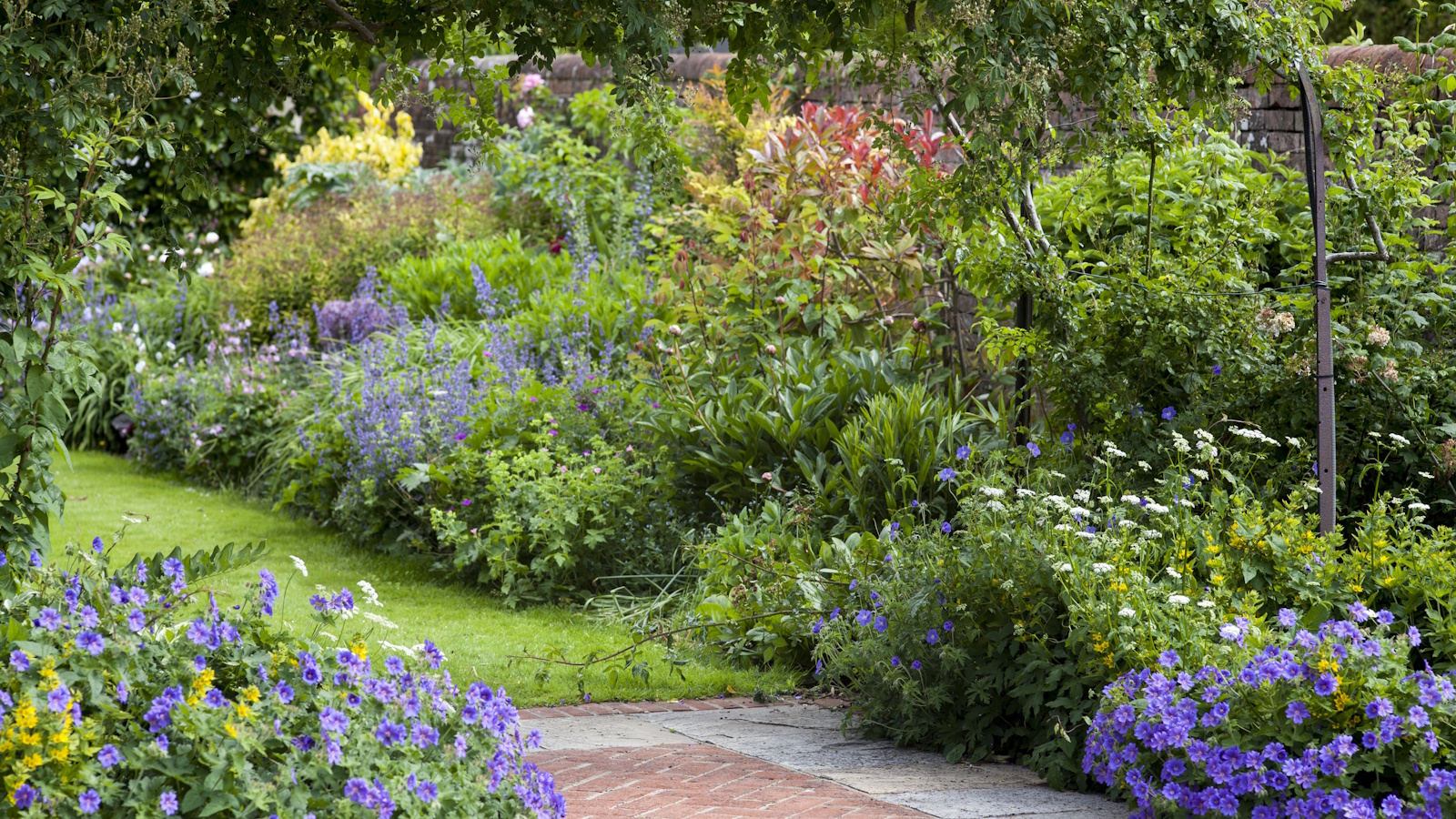 Is the viral salt hack the secret to a weed-free patio? A garden expert warns of irreparable, long-term damage – plus reveals the safest way to get results
Is the viral salt hack the secret to a weed-free patio? A garden expert warns of irreparable, long-term damage – plus reveals the safest way to get resultsYou might have seen gardeners on TikTok or Instagram using salt to kill weeds in pavers, but this hack should be avoided at all costs
By Thomas Rutter Published
-
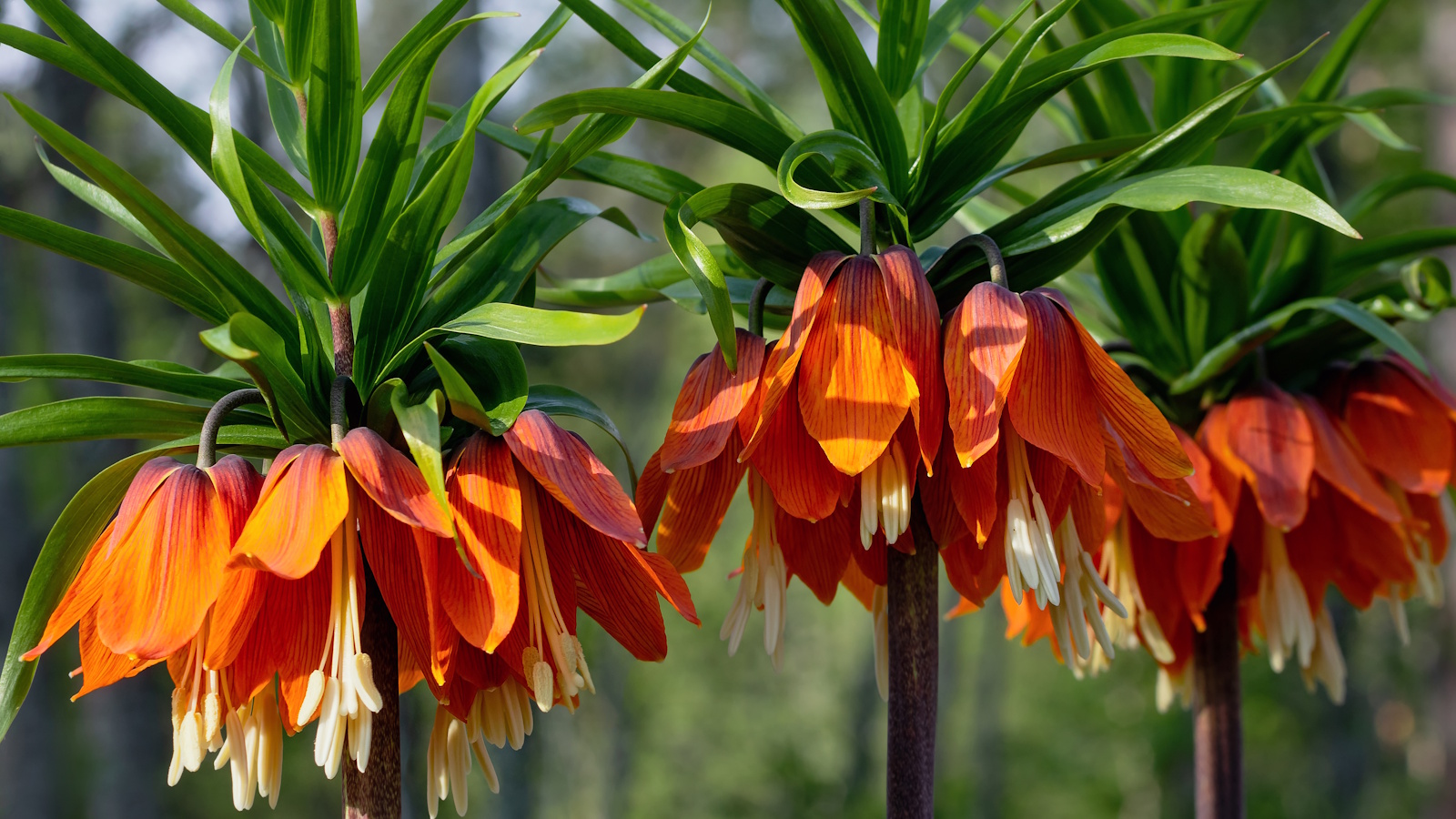 Worst-smelling plants to avoid – experts reveal 5 pungent species and suggest perfumed options to grow instead
Worst-smelling plants to avoid – experts reveal 5 pungent species and suggest perfumed options to grow insteadThese are some of the worst-smelling plants that can cause quite a stink
By Thomas Rutter Published
-
 How to fertilize magnolias – garden experts reveal the secrets to better blooming, and timing is critical
How to fertilize magnolias – garden experts reveal the secrets to better blooming, and timing is criticalMagnolias are famed for their spring flowers, and feeding at the right time can give trees a boost
By Thomas Rutter Published
-
 How to revive old rhododendron plants – pruning advice from a professional gardener to save your struggling shrubs
How to revive old rhododendron plants – pruning advice from a professional gardener to save your struggling shrubsWith the right pruning approach, you can rejuvenate old and woody rhododendrons
By Thomas Rutter Published
-
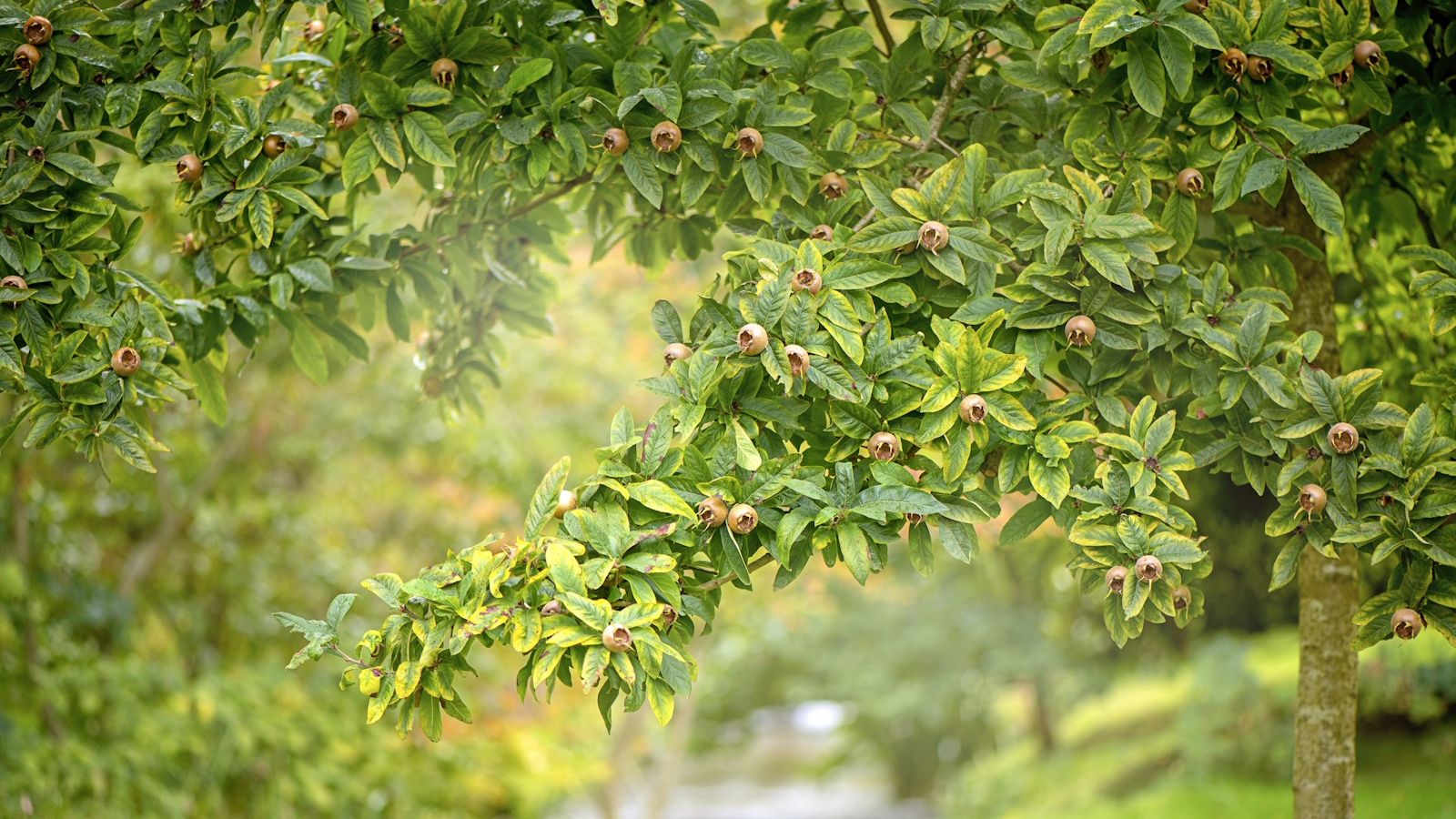 How to grow medlar trees – to enjoy a harvest of unusual fruits from this forgotten heritage species
How to grow medlar trees – to enjoy a harvest of unusual fruits from this forgotten heritage speciesMedlar fruits were once a popular delicacy, yet today, they are a rare find
By Thomas Rutter Published
-
 Best fragrant shrubs – 5 perfumed plants to transform garden borders and pot displays this summer
Best fragrant shrubs – 5 perfumed plants to transform garden borders and pot displays this summerGrow one or more of the best fragrant shrubs to add a sensory element to your yard
By Thomas Rutter Published
-
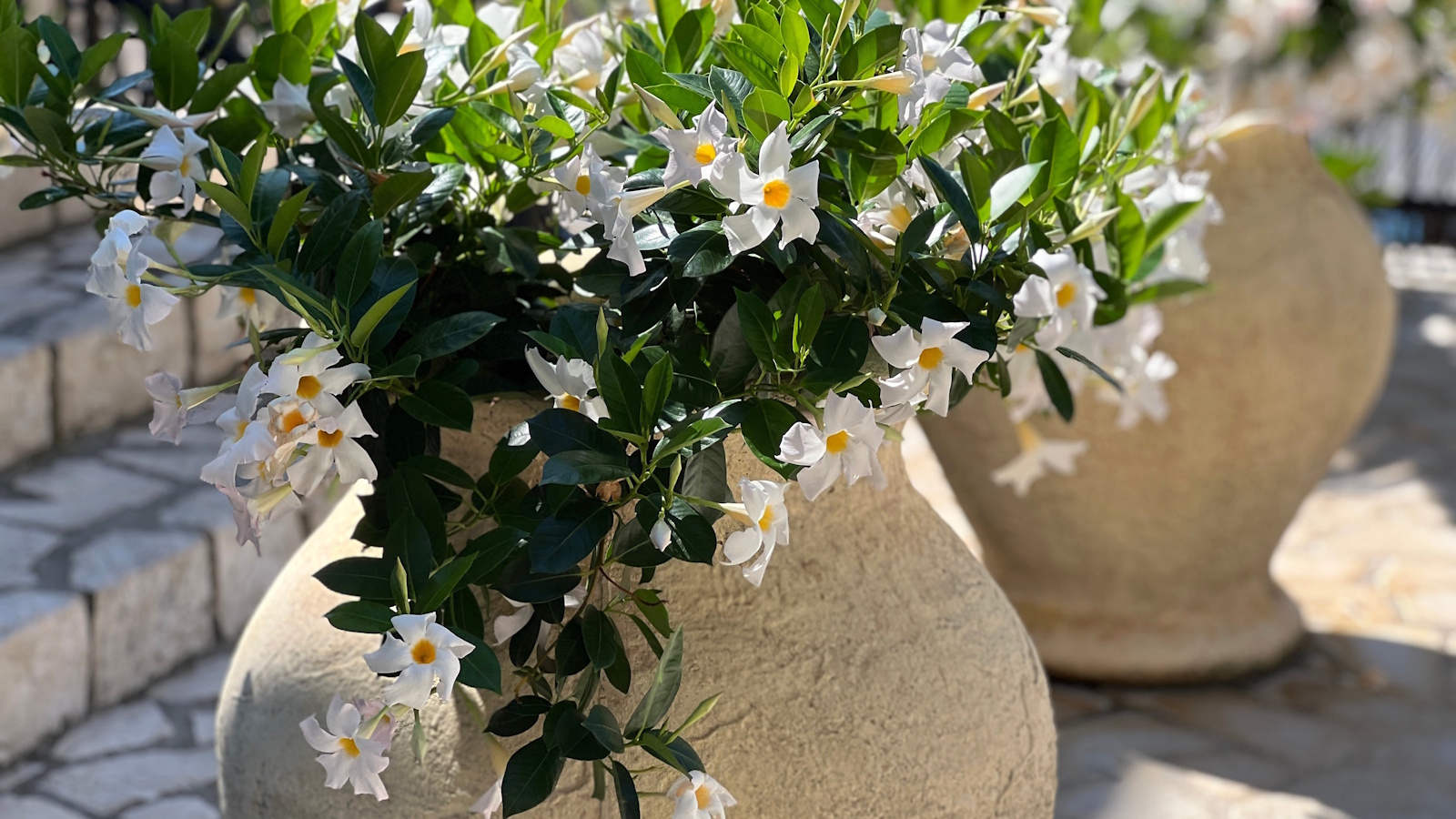 How to grow mandevilla in pots – and elevate your outside space with impactful tropical flowers this summer
How to grow mandevilla in pots – and elevate your outside space with impactful tropical flowers this summerLearning how to grow mandevilla in pots will add a colorful and vertical accent to any size plot
By Thomas Rutter Published
-
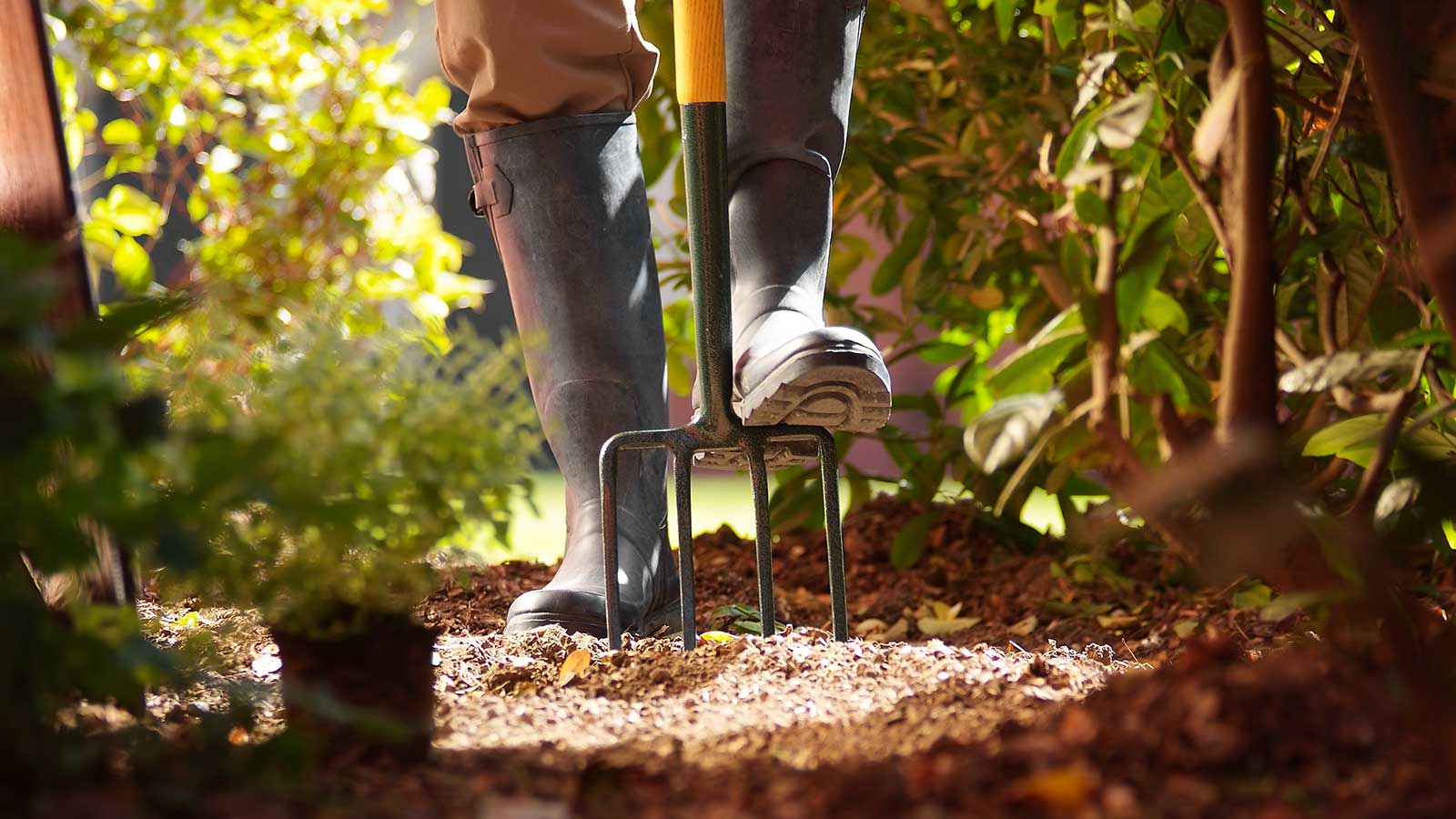 Skyseed is a vigorous invasive weed that is becoming a problem in backyards – here's how to identify and control it
Skyseed is a vigorous invasive weed that is becoming a problem in backyards – here's how to identify and control itGardeners in North America should keep an eye out for this vigorous perennial weed
By Thomas Rutter Published